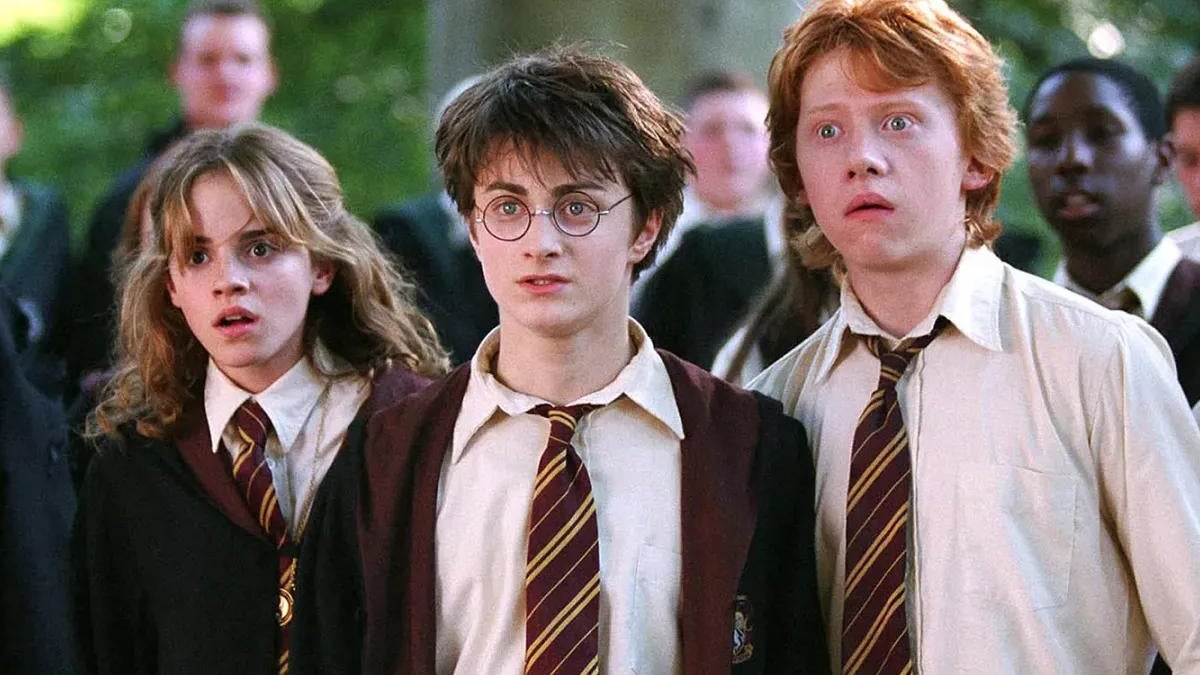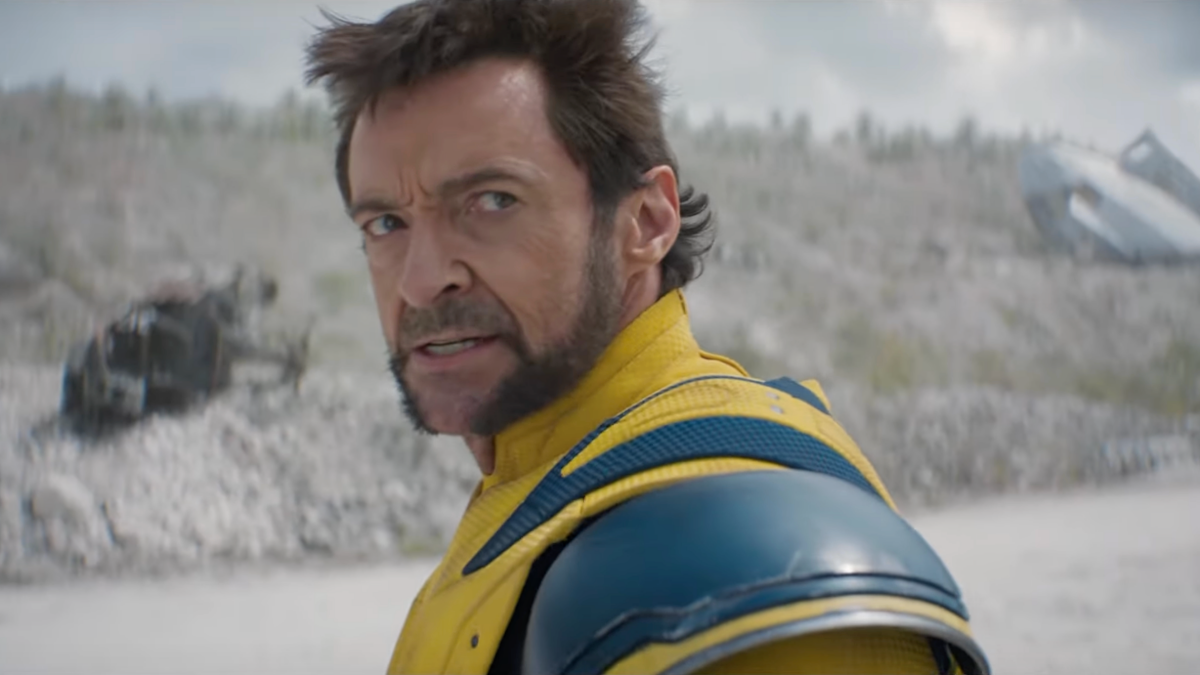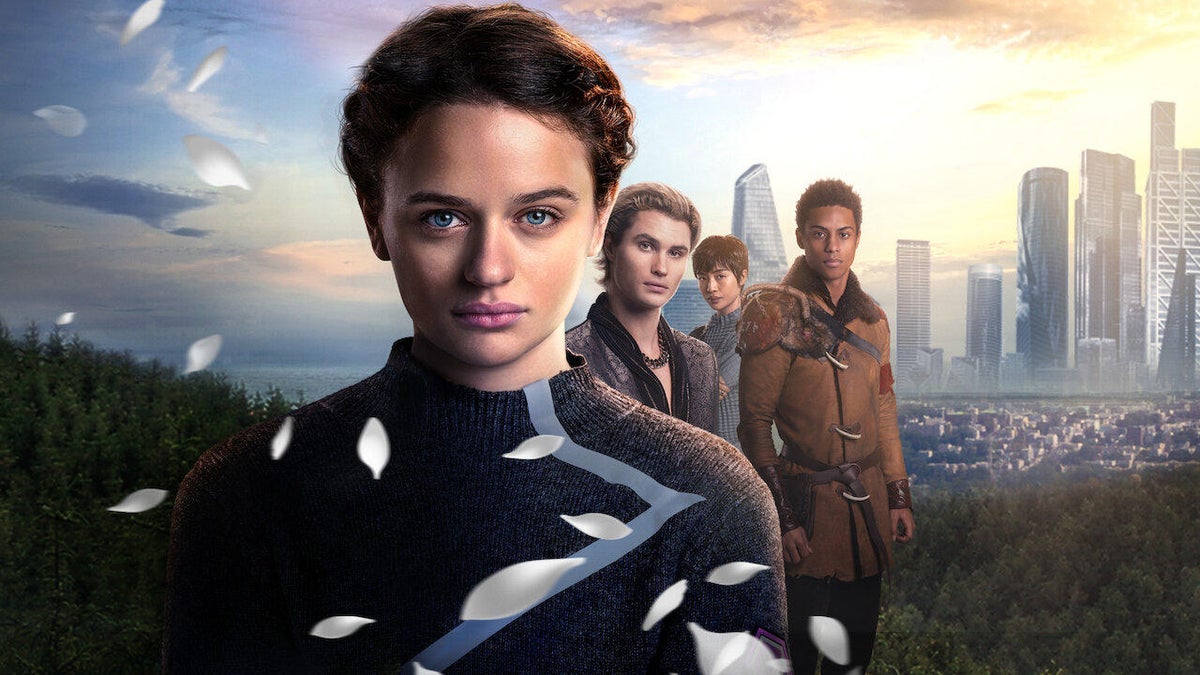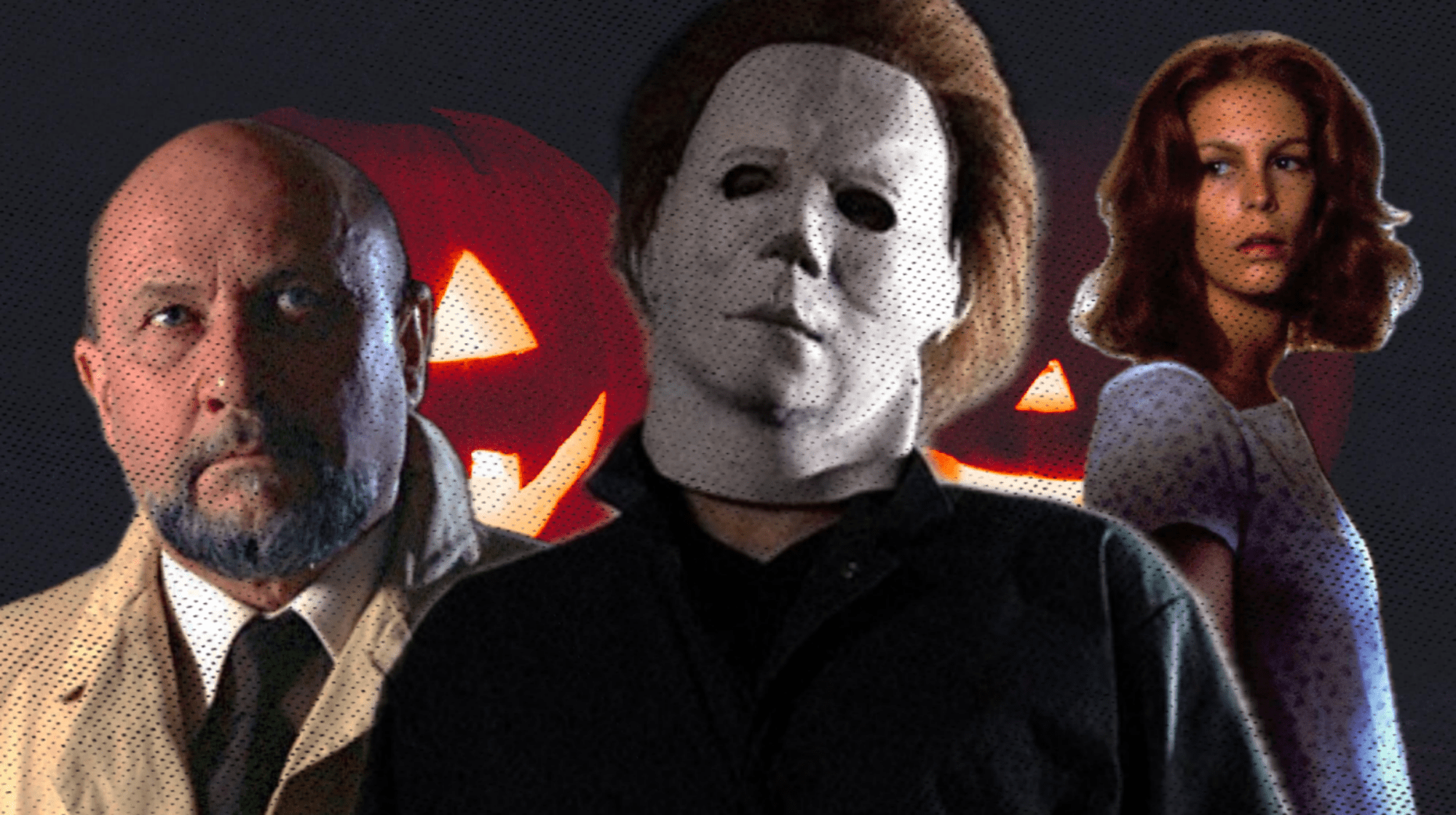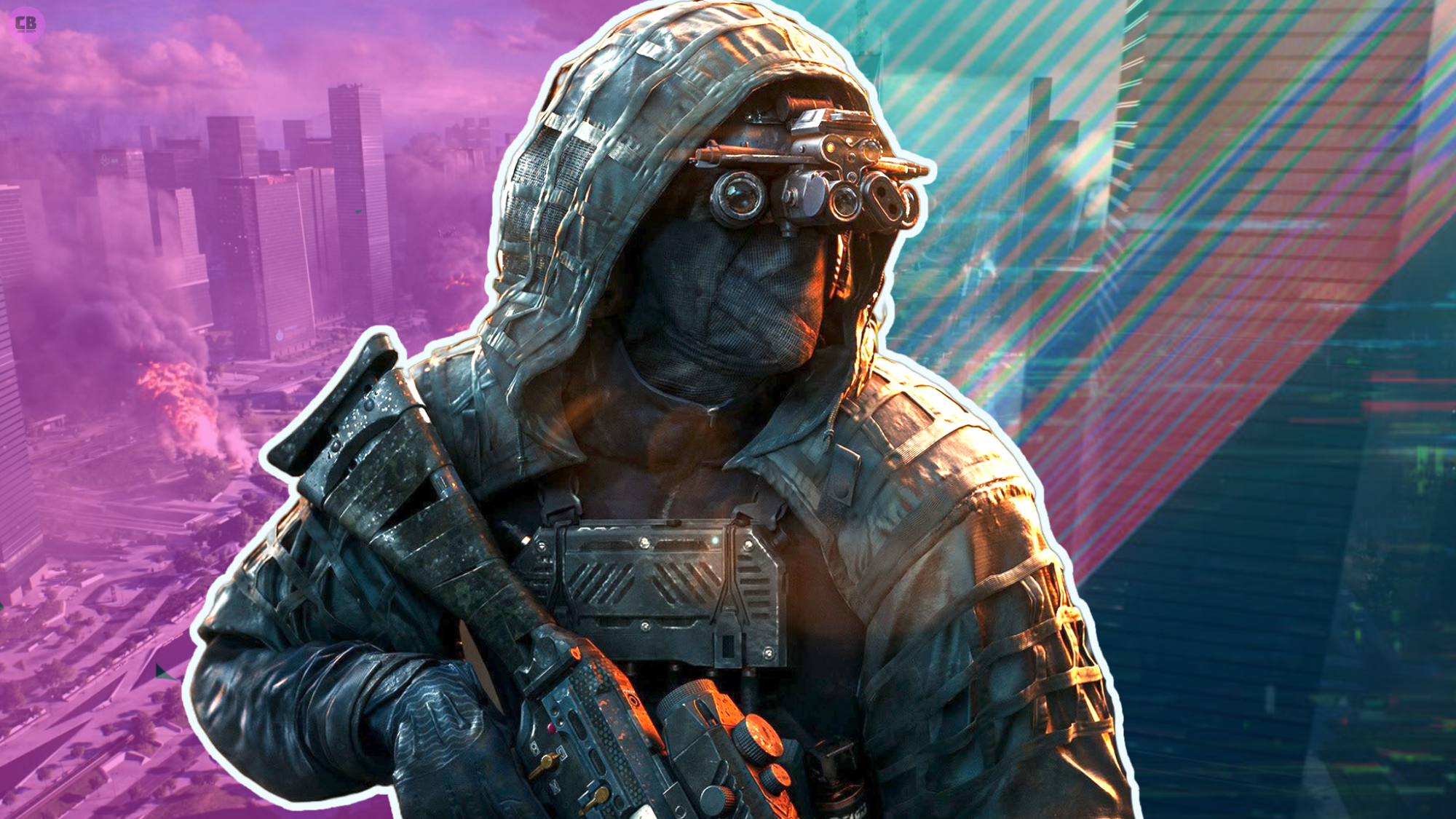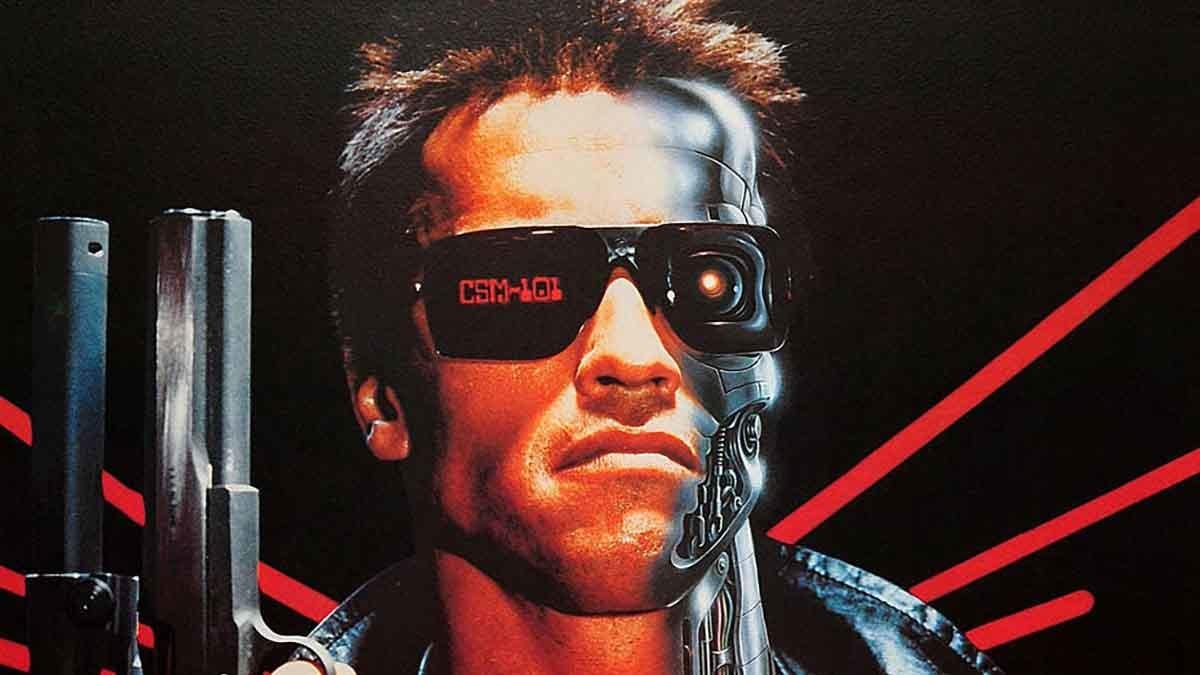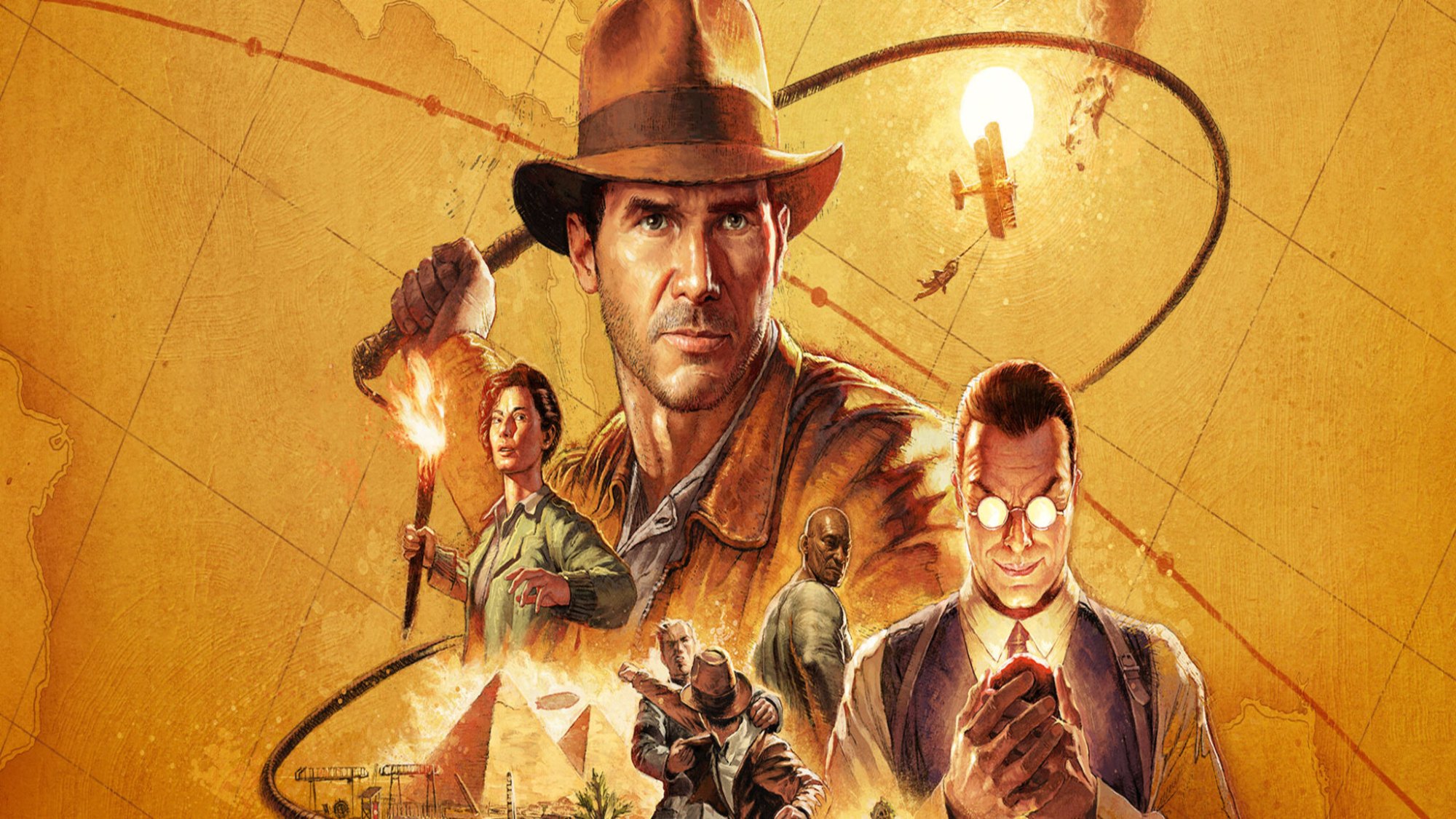The Harry Potter series is getting adapted all over again, giving it a chance to do some things differently – and more completely. The movies released between 2001 and 2011 helped make the franchise a global sensation, but they missed some key elements of the story along the way. Read on for some of the things that the series adaptation should do differently from the movies.
Videos by ComicBook.com
The plan for a TV series adaptation of Harry Potter at HBO has escalated quickly from a rumor in 2021 to a full-blown production in June of this year. Warner Bros. Discovery is reportedly aiming to premiere the series some time in 2026, and so far we don’t know any details about how the series will be divided or how much screen time it will get. It seems safe to say a series format will give it more time than the movies did – perhaps 10 episodes per book, judging by other HBO shows. That means the show will be able to include many of the characters, world-building elements and plot lines that the movies skipped or abbreviated.
Of course, no adaptation perfectly mirrors the source material – nor should it. Some changes in the movies were good for the story or the characters, and some things may be better left on the cutting room floor – one-off characters or contradictory bits of magic. Every fan will have their own ideas of what should go into this show and what shouldn’t, but here’s a list of some of the biggest things the TV show should include.
[RELATED: HBO’s Harry Potter TV Series Offers Severus Snape Role to Paapa Essiedu]
More Marauders
Some of the biggest cuts in the film series came in the third movie, Harry Potter and the Prisoner of Azkaban. In the book, Harry began to learn about his father through his childhood friends, who nicknamed themselves “the Marauders” and created the magical Marauders’ Map. Many fans were surprised when the movie did not include any flashbacks of the Marauders, and barely explained their actions.
Harry’s father James befriended Sirius Black and Remus Lupin during his time at Hogwarts, and they reluctantly allowed Peter Pettigrew to tag along with them. Throughout Prisoner of Azkaban, we learn that Lupin was bitten by a werewolf as a child and was discriminated against for his condition. Once a month, he needed to isolate himself in the Shrieking Shack while his transformation ran its course. Once James and Sirius figured this out, they learned to transform themselves into animals, becoming illegal, unregistered Animagi along with Pettigrew.
The movie explains Lupin’s condition and shows us that his friends could transform, but it never actually explained why. The series should definitely dive deeper into this, and fans would love to spend more time with the Marauders in flashbacks.

Sirius’ Escape
The movie’s explanation of how and why Sirius escaped from Azkaban Prison is also pretty thin. This plot kicks off with the Weasley family getting a family picture published in The Daily Prophet newspaper. The picture includes Ron holding his pet rat, Scabbers, who is actually Pettigrew in disguise. After seeing the newspaper in prison, Sirius resolves to break out and commit the murder he was convicted of.
Sirius’ unregistered Animagus status is also what allows him to escape. Transforming makes it harder for the Dementors to sense him, while starvation allows him to slip between the bars of his cell. He simply walks out of the prison on four legs, while the ghoulish guards can’t see him at all.
Crouch’s Escape
The next movie, Harry Potter and the Goblet of Fire, also skimps on explaining the intricacies of its twist ending. Like in the book, we learn that the Death Eater Barty Crouch Jr. escaped from Azkaban and impersonated Mad-Eye Moody for the entire year, but we don’t learn any of the details. The movie also cuts out the house elf Winky, who is important to unraveling Crouch’s identity and his plot.
Crouch was sentenced to life in Azkaban for his crimes as a Death Eater, but his mother couldn’t bear to see him locked up. Her health deteriorated, and when she was nearly dead, she persuaded Barty Crouch Sr. to get her into the prison for a visit. She used polyjuice potion to switch places with her son, freeing him. She then died behind bars while Barty Jr. lived secretly outside, imprisoned in his father’s house rather than Azkaban. He finally broke free when he learned that Voldemort was alive.

Rita Skeeter
In that same book, Hermione learned that The Daily Prophet‘s reporter Rita Skeeter was also an unregistered Animagus, with the ability to transform into a flying bug. Rita hid this information so she could use her power to eavesdrop on people, sneak into restricted areas and get scoops for the paper. Hermione uses the information to blackmail her, which continues to come in handy in later books as well.
Talking Portraits and Ghosts
Generally speaking, the movies downplayed both the presence and significance of the ghosts in Hogwarts as well as the people in the portraits around the castle. The movies completely skip the troublemaker Peeves the Poltergeist, giving his major actions to other characters when needed. They also omit Sirius’ ancestor Phineas Nigellus Black, who plays an important part in the final books through his portraits. Phineas is able to move between his picture frame in the Black family home and the headmaster’s office in Hogwarts, allowing him to share intelligence and carry messages.
There are many other minor examples as well, which may or not make it to TV. One fan-favorite is Sir Cadogan, a knight whose portrait hangs in the corridor leading to the Divination tower. He was shown briefly in the third movie, but his actions and outrageous personality never really got a chance to shine on screen. He’d be a great fit for the TV version.

More Quidditch
It’s no surprise that the movies showed as little Quidditch as possible – especially after the first movie. The sport was typically unnecessary for the main plot of the movie, but it was essential to the world-building – especially when it came to the feeling of a real high school. On top of that, the real-life game of Quadball makes it clear that the audience is hungry for more Quidditch, so it would be a surprise if the show didn’t capitalize on this.
House Points
Finally, the simple competition for “House points” among the four Hogwarts Houses was surprisingly absent from the movie series. After the first film, there are only two mentions of House points at all. By contrast, the books constantly play up this competition among students, and make it clear that it is very personal and important to them. The show could get a lot of fans excited simply by showing the four giant hourglasses that are supposed to be in the Great Hall at all times, tallying the points throughout the year.
All eight Harry Potter movies are streaming now on Max. The novels are available in print, digital and audiobook formats. HBO’s new Harry Potter series is slated to premiere sometime in 2025.
